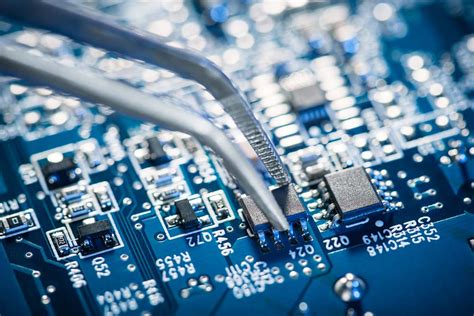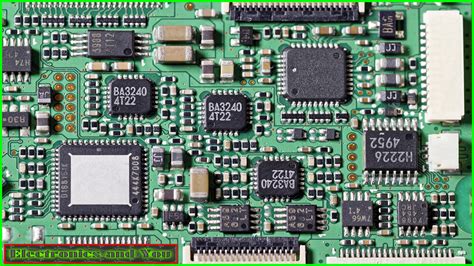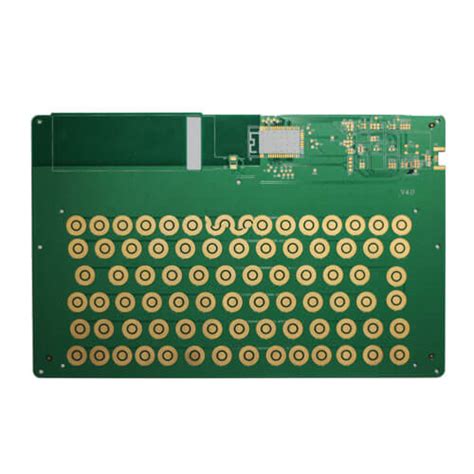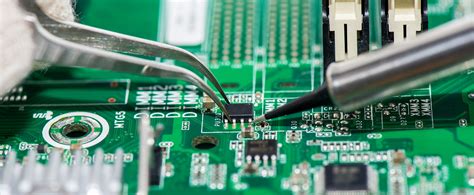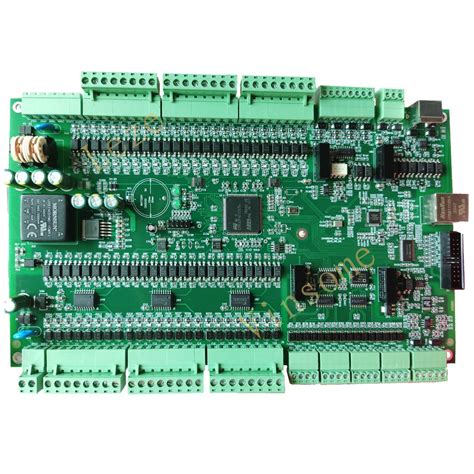The theory material and application of EMI shielding
Introduction
With the electronic device popularized and wireless communication technique fast-paced ,Electromagnetic Interference,EMI problem become more and more prominent. EMI not only affects the normal operation of electronic device ,but also may have potential harm to human health.Therefore,EMI technology become the important research direction .This article will detailed introduce the theory material and application of EMI shielding.
1.The basic concept of EMI
1.1 EMI definition
EMI means the phenomenon that any electromagnetic signal adversely affects the normal operation of an electronic device or system.This interference may come from the external environment,such as lighting radio waves,etc. may also come from within the device,such as mutual interference .
1.2 The source of EMI
The source of EMI can be divided into natural source and artificial source:
Natural source:Include lighting、solar radiation、cosmic radiation.etc.
Artificial source:Include electronic device、wireless telecom equipment、electric power circuit.etc.
1.3 The impact of EMI
EMI may lead to electronic device property decline、data losing 、communication outage.In extreme case,EMI also case accident ,such as the mistake operate of medical device、avionics system.

2.The basic theory of EMI shielding
2.1 The concept of shielding
EMI shielding refers to the use of specific materials or structures to prevent or weaken the propagation of electromagnetic waves,thereby protecting electromagnetic interference.The shielding effect is usually measured by shielding effectiveness(SE),with the unit of decibel(dB).
2.2 Shielding Mechanism
Electromagnetic interference shielding is mainly achieved through the following three mechanism:
Reflection:When electromagnetic waves encounter shielding materials,part of the energy is reflected back,thereby reducing the electromagnetic wave energy entering the shielding area.
Absorption: When electromagnetic waves propagate in shielding materials ,part of the energy is absorbed by the material and converted into heat energy.
Multiple reflection:Electromagnetic waves are reflected multiple times inside the shielding material,causing the energy to gradually decay.
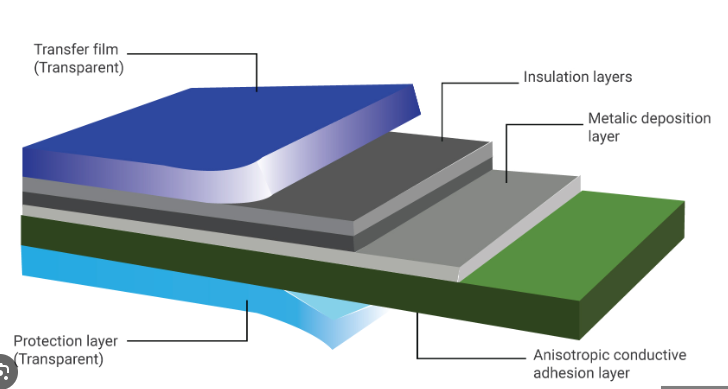
2.3 Types of shielding
Depending on the different shielding objects,electromagnetic interference shielding can be divided into the following categories:
Electric field shielding: Mainly used to shield low-frequency electric fields,usually using highly conductive materials
Magnetic filed shielding:Mainly used to shield low-frequency electromagnetic fields,usually using materials with both conductivity and magnetic permeability.
Electromagnetic filed shielding:Used to shield high-frequency electromagnetic fileds,usually using materials with both conductivity and magnetic permeability.
3.Commonly used materials for electromagnetic interference shielding
3.1 Metal materials
Metal materials are the most commonly used electromagnetic interference shielding materials,with good conductivity and magnetic permeability.Commonly used metal materials include:
Copper:has excellent conductivity and is often used for shielding high-frequency electromagnetic fields.
Aluminum: light weight,low cost,often used for housing shielding of electronic equipment.
Steel:has high magnetic permeability and is often used for shielding low-frequency magnetic fields
3.2 Conductive polymers
Conductive polymers are a new type of electromagnetic interference shielding material with advantages such as light weight, easy processing, and corrosion resistance. Commonly used conductive polymers include:
Polyaniline (PANI): has high conductivity and can be used to prepare flexible shielding materials.
Polypyrrole (PPy): has good electromagnetic shielding performance and is often used for internal shielding of electronic equipment.
3.3 Composite materials
Composites are two or more materials combined together to give full play to their respective advantages. Commonly used electromagnetic interference shielding composite materials include:
Metal-polymer composites: metal particles or fibers are combined with a polymer matrix, which has both the conductivity of metal and the processability of polymer.
Carbon-based composites: such as carbon fiber, graphene, etc., are light, highly conductive and have high mechanical strength, and are suitable for shielding of high-end electronic equipment.
3.4 Nanomaterials
Nanomaterials have great potential in the field of electromagnetic interference shielding due to their unique physical and chemical properties. Commonly used nanomaterials include:
Nanometallic particles: such as silver nanoparticles, copper nanoparticles, etc., have extremely high conductivity and specific surface area, and can be used to prepare high-performance shielding coatings.
Carbon nanotubes (CNT): have excellent conductivity and mechanical strength, and can be used to prepare lightweight, high-strength shielding materials.

4.Application areas of electromagnetic interference shielding
4.1 Electronic equipment
Electronic equipment is one of the main application areas of electromagnetic interference shielding. Common electronic equipment shielding applications include:
Mobile phones and laptops: In order to prevent electromagnetic interference from affecting communication and data processing, the shells of mobile phones and laptops are usually shielded with metal or conductive polymer materials.
Medical equipment: Medical equipment such as MRI and CT are very sensitive to electromagnetic interference, and efficient shielding measures must be adopted to ensure the normal operation of the equipment and the safety of patients.
4.2 Automotive electronics
Modern cars integrate a large number of electronic devices, such as engine control units, in-vehicle entertainment systems, and autonomous driving systems. These devices are susceptible to electromagnetic interference, so automotive electronic systems usually need to adopt electromagnetic interference shielding technology. Common shielding measures include:
Cable shielding: Cables in automobiles are usually shielded with metal braids or aluminum foil to prevent the spread of electromagnetic interference.
Electronic Control Unit (ECU) Shielding: ECU is the core component of automotive electronic systems and is usually shielded with a metal shell to ensure its stable operation.
4.3 Aerospace
The requirements for electromagnetic interference shielding in the aerospace field are extremely strict, because electromagnetic interference may cause failures in key equipment such as flight control systems and communication systems. Common shielding measures include:
Aircraft fuselage shielding: Aircraft fuselages are usually shielded with aluminum alloys or composite materials to prevent external electromagnetic interference from affecting onboard electronic equipment.
Satellite shielding: Satellites face complex electromagnetic environments in space and must adopt efficient shielding measures to ensure the normal operation of their communication and navigation systems.
4.4 Military Equipment
Military equipment also has very high requirements for electromagnetic interference shielding, because electromagnetic interference may cause serious consequences such as communication interruption and radar failure. Common shielding measures include:
Military communication equipment shielding: Military communication equipment usually uses metal casing and shielding coating to prevent electromagnetic interference from affecting communication quality.
Radar system shielding: Radar systems are very sensitive to electromagnetic interference and must adopt efficient shielding measures to ensure their detection accuracy and reliability.
5.Future development trend of electromagnetic interference shielding
5.1 Research and development of high-performance materials
With the continuous miniaturization and high performance of electronic equipment, the requirements for electromagnetic interference shielding materials are getting higher and higher. In the future, the research and development of high-performance materials will become an important direction in the field of electromagnetic interference shielding, such as new nanomaterials and metamaterials.
5.2 Application of flexible shielding materials
The rapid development of flexible electronic devices has put forward new requirements for electromagnetic interference shielding materials. In the future, flexible shielding materials will be widely used in wearable devices, flexible display screens and other fields.
5.3 Intelligent shielding technology
With the development of the Internet of Things and artificial intelligence technology, intelligent shielding technology will become a research hotspot in the future. Through intelligent sensors and adaptive algorithms, real-time monitoring and dynamic shielding of electromagnetic interference can be achieved, thereby improving the shielding effect and the safety of equipment.
Conclusion
Electromagnetic interference shielding technology has important application value in the field of modern electronic engineering and communications. By rationally selecting shielding materials and designing shielding structures, the influence of electromagnetic interference on electronic equipment can be effectively prevented. With the continuous development of new materials and new technologies, electromagnetic interference shielding technology will be more widely used and further improved in the future.

